The World's Largest Manual Waste Management Operation, Side-by-Side with the Middle East's Largest Church
In the heart of Cairo, Manshiyat Nasser, also known as "Garbage City," uniquely juxtaposes the world's largest manual waste operation with the Middle East's largest church.
📍Cairo, Egypt
Manshiyat Nasser, known as "Garbage City," is a slum district in western Cairo. Here, around 60,000 zabaliyeen or "garbage people" make a living by processing the waste generated by Cairo's 20 million residents. Specializing in various types of waste, such as glass, paper, cloth, plastic, and aluminum, each family plays a crucial role in the recycling value chain. The process, from collection using donkey-pulled carts and pick-up trucks scouring Cairo's streets to sorting and recycling, is seamless, resulting in recycled raw materials ready for sale.
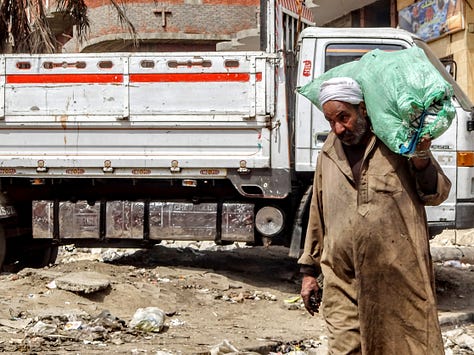
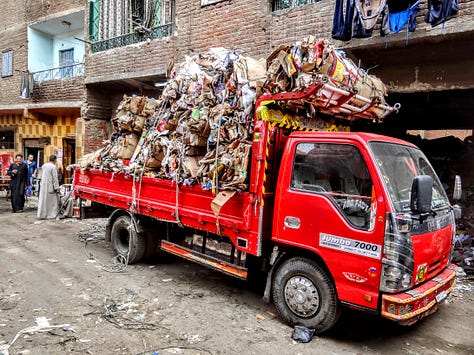
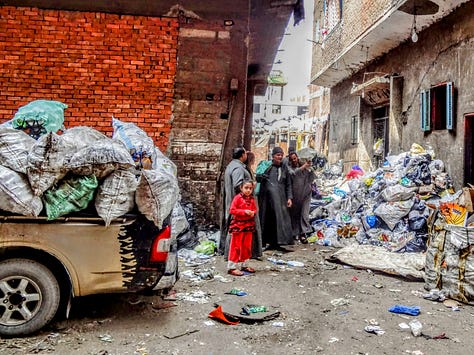
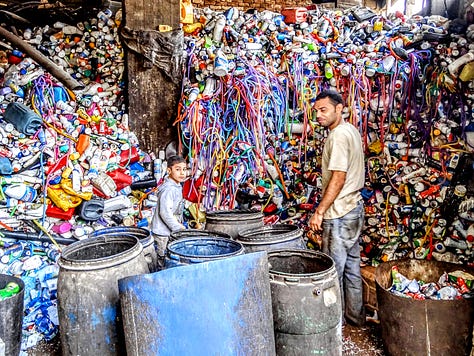
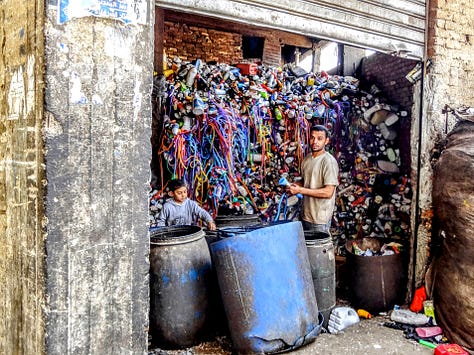


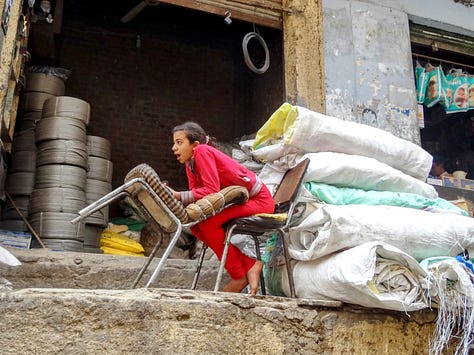
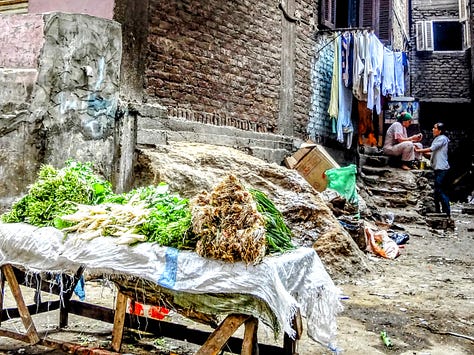
Despite being off Egypt's well-trodden tourist circuit, Manshiyat Nasser shares a common characteristic with the famous Pyramids of Giza: both exemplify the resilience and resourcefulness of Egyptians achieving remarkable feats with basic tools and technology. In fact, the zabaliyeen demonstrate more efficient waste management practices than well-funded programs in developed countries. While only 5 percent of plastic waste is recycled in the United States, the zabaliyeen achieve recycling rates of 80 to 90 percent. Their donkey carts and pick-up trucks collect three times the volume of waste compared to private European corporations contracted by the Cairo government since 2003. Additionally, they recycle four times more efficiently than their corporate competitors, utilizing manual processes.
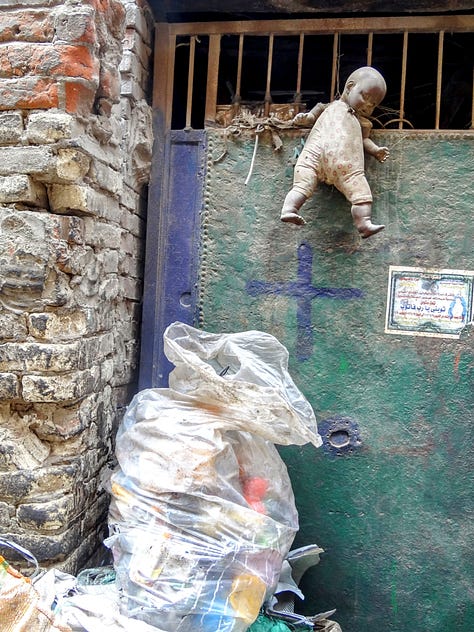
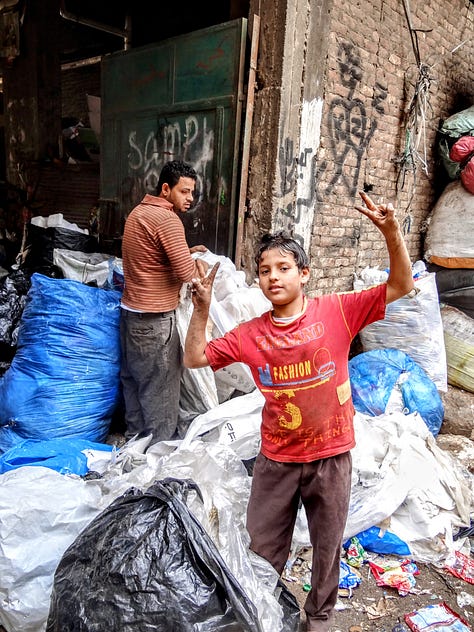
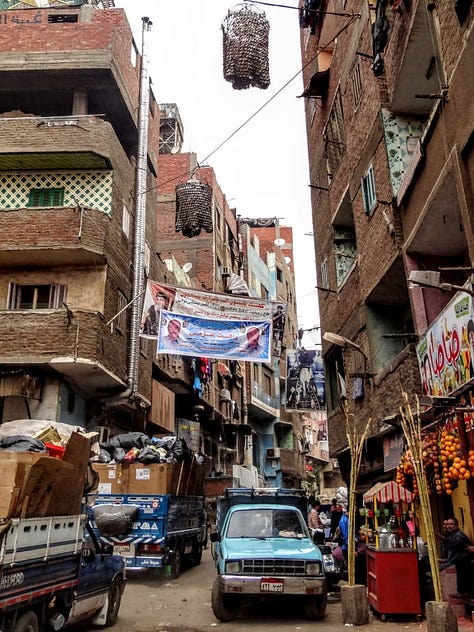
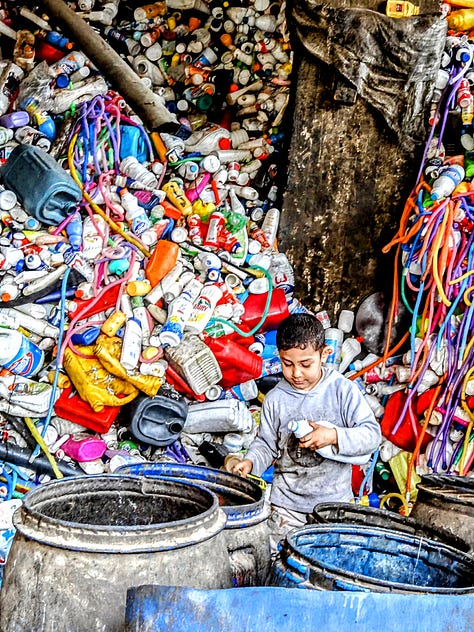
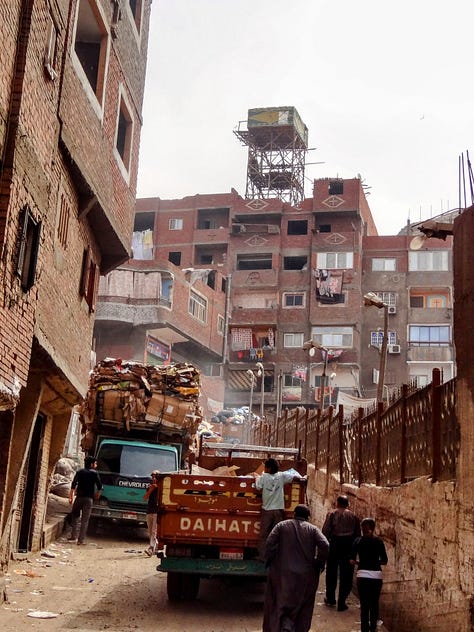

In addition to inviting corporate waste management competition, the government unintentionally worsened the lives of the zabaliyeen during the 2009 swine flu outbreak. Egypt responded by mass slaughtering several hundred thousand pigs, which were responsible for cleaning up organic waste in Garbage City. This act deteriorated sanitary conditions and deprived the zabaliyeen of their side income from selling ham to non-Muslim tourists.
The original zabaliyeen were impoverished farmers who migrated to Cairo from Asyut, a rural area in Upper Egypt, in the 1930s and 40s in search of employment opportunities. Initially expelled from various central parts of Cairo, the governor permitted them to settle at Mokattam Mountain, east of the city, without granting them legal tenure or ownership rights. With no formal land ownership, the zabaliyeen had to construct makeshift settlements using materials salvaged from the garbage they collected. Today, residents fear the government may attempt to relocate them further east, out of sight.
The zabaliyeen face persistent challenges, including poverty, social stigma, and threats to their way of life. The narrow alleyways of Manshiyat Nasser are filled with the stench of decaying organic waste, while access to basic infrastructure such as running water, sewage, and electricity remains limited. Despite these hardships, a strong sense of community prevails among the residents as they collectively process the unsorted trash, gradually transforming it as it moves up the hill. Some residents brighten their living units with painted colors, adding vibrancy to the otherwise dull slum environment.
Since the 1940s, the zabaliyeen have effectively managed Cairo's nearly defunct waste management system. Their success has attracted funding from notable organizations like the World Bank, Ford Foundation, and Oxfam. By investing in their own equipment, such as paper compactors, plastic granulators, cloth grinders, tin processors, and aluminum smelters, the zabaliyeen have enabled the city of 20 million to manage its solid waste at a minimal cost for decades. Their waste management model has become a replicated blueprint for the Mega-Cities Project, a global nonprofit dedicated to innovative urban solutions. Even European corporations contracted by the Cairo government recognized the limitations of serving every narrow alleyway, leading them to subcontract the zabaliyeen at one point. However, this arrangement was short-lived as the companies reportedly paid the zabaliyeen only one-third of their regular employees' salaries.
Manshiyat Nasser claims the title of a second superlative beyond hosting the world's largest manual waste management operation. Hidden behind the bustling garbage operation lies the Cave Christian Church, also known as the Saint Simon "The Tanner" Monastery. This magnificent church, the largest in the Muslim-majority Arab World, can accommodate over twenty thousand people in its amphitheater-style seating. Carved into a limestone cliff, the church features elaborate frescoes and icons. It is dedicated to Saint Simon "The Tanner," a Coptic saint from the 10th century, renowned for the purported miracle of moving Mokattam Mountain, where Garbage City now stands.
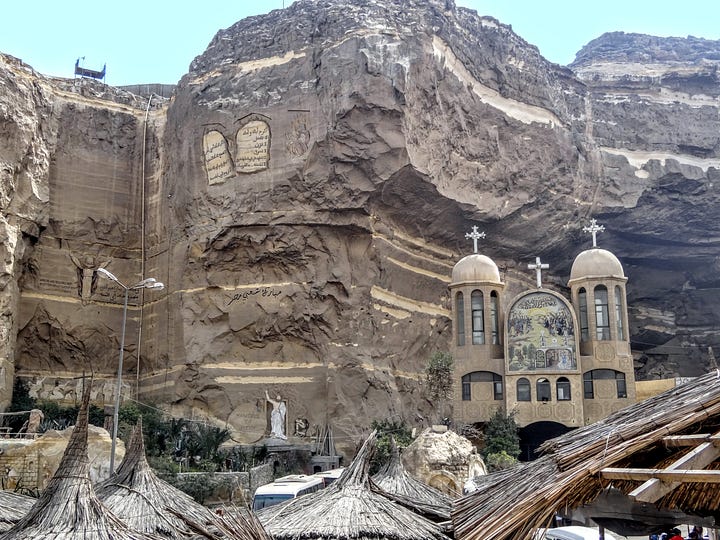
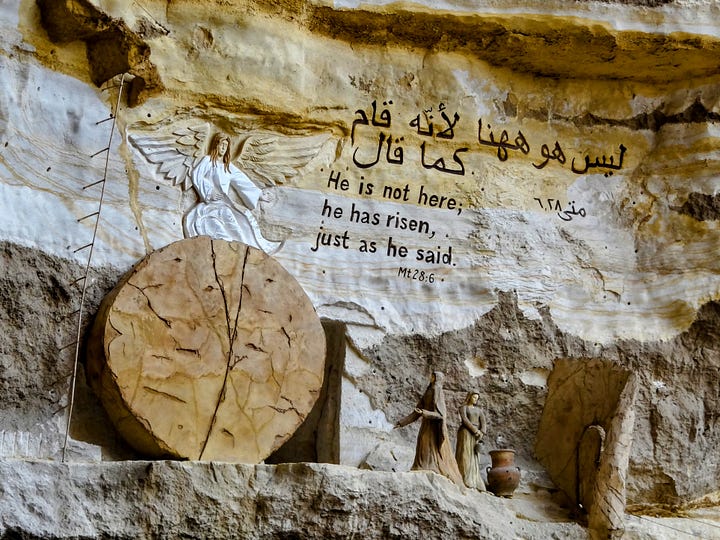
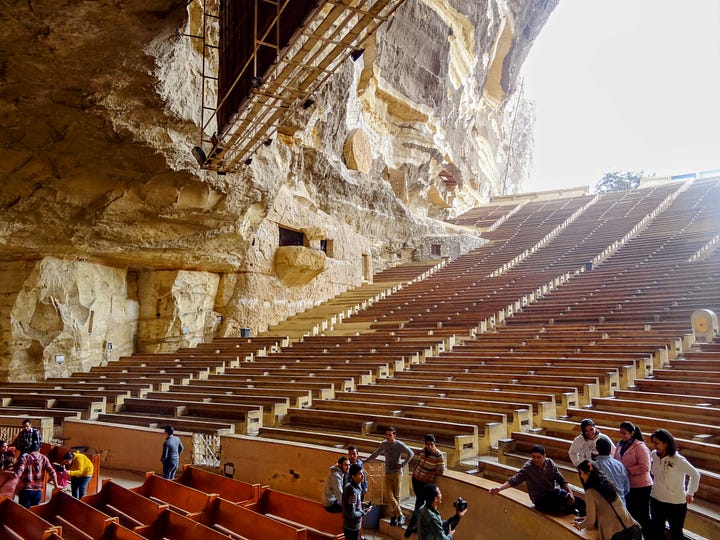
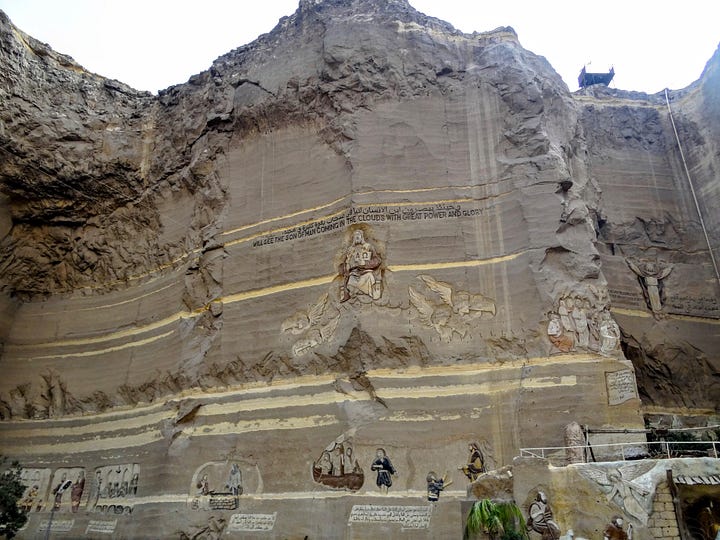
Garbage City presents a striking contrast between poverty and beauty, resilience and spirituality, chaos and serenity. Upon closer examination, the church and the trash operation coexist, driven by a shared sense of necessity. Poverty compels the zabaliyeen to confront their reality through hard work while seeking to escape it through spirituality. Manshiyat Nasser stands as a collective response to poverty, illustrating the resourcefulness of tens of thousands of zabaliyeen who have transformed trash into treasure for generations.

